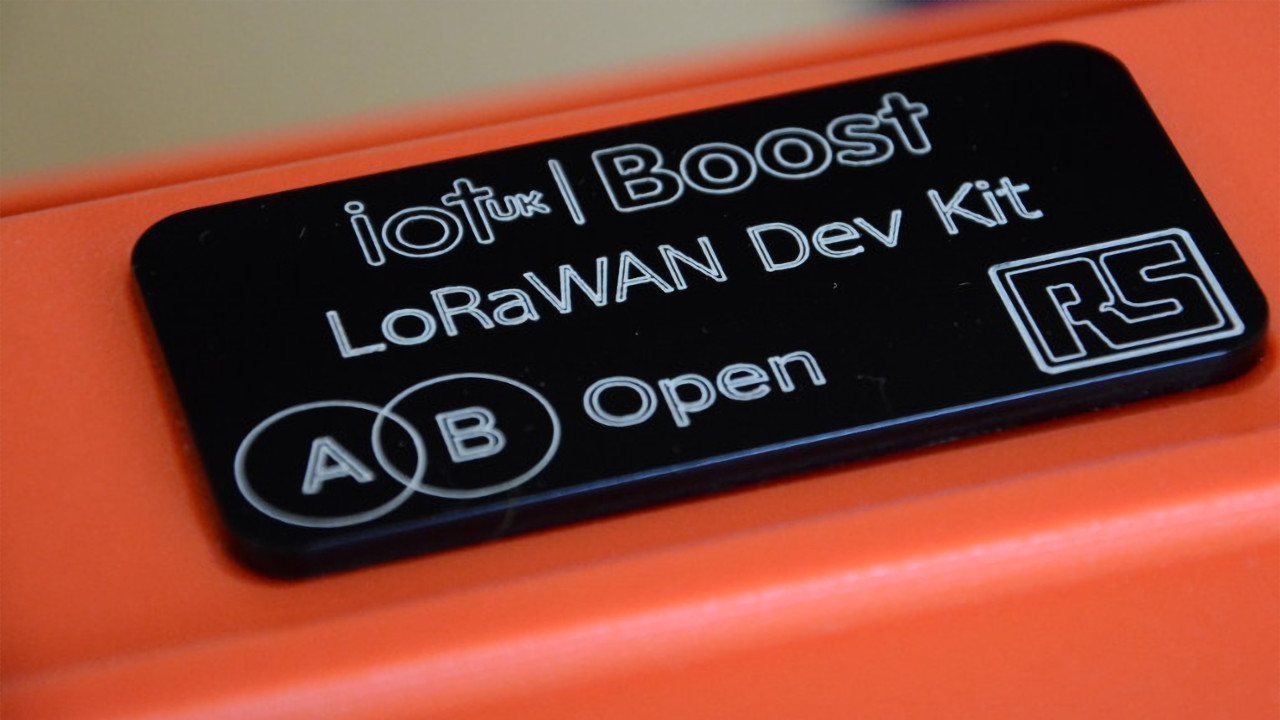The LoRa Alliance has announced an update to the LoRaWAN 1.0.3 specification for low-power wide-area wireless networks, adding unicast and multicast support to Class B devices and new time synchronisation features for other classes.
In its latest update to the open LoRaWAN low-power wide-area network standard, proving popular globally for Internet of Things and other distributed sensor applications, the LoRa Alliance has added two major new features: unicast and multicast support for devices in the Class B category, the first of the two optional added-feature device categories which build upon the mandatory Class A category.
As well as the new Class B functionality, the Class A and Class C categories have received an extra bit of polish in the form of a new time synchronisation feature using the “DeviceTimeRequest” MAC command. These, however, are less dramatic: the Alliance suggests that anyone implementing a Class B device should upgrade to the latest version of the LoRaWAN specification as soon as possible, those implementing Class A or Class C devices can continue using the earlier release.
The three LoRaWAN device categories are defined as bi-directional end devices (Class A), bi-directional end devices with scheduled receive slots (Class B), and bi-directional end devices with maximal receive slots (Class C), each allowing for decreased latency at the cost of increased power requirements.
The new LoRaWAN 1.0.3 specification is available now from the official website (PDF warning).
